On Monday, the founder and president of Riot Games, Marc “Tryndamere” Merrill, caused a firestorm in the League of Legends esports community with comments directed at the owner of Team SoloMid, Andy Dinh, regarding the state of the League ecosystem and team owners and Riot’s place in it. The comments came off as out of touch and petty, leading to a vehement response from team owners, journalists, and other community members wondering if Riot really understands the current state of the esports industry.
Today it looks like there’s a silver lining to the controversy: it’s at least producing results. Merrill’s statement has served as a lightningrod for criticism, bringing to light important concerns many of the biggest figures in League esports have with the direction of Riot Games esports. Rival team owners and players have banded together in unified response, producing a detailed proposal for Merrill presumably addressing addressing many of the crucial issues that became talking points thanks to Merrill’s misguided communication, which Dinh states will be in Merrill’s inbox later today.
That’s encouraging considering that Merrill and Riot Games’ response to the community’s concerns left a lot to be desired. Merrill released a new statement today on Twitlonger—hardly the platform for the president of a multi-billion dollar company to address important issues of a multi-million dollar industry—apologizing to Dinh for his tone and admitting a Reddit post addressing a topic as complex as the esports landscape was a mistake.
The Twitlonger, titled “Continuing the Conversation on Esports Sustainability,” at least addresses many of the important concerns the community had with Merrill’s seemingly flippant comments on Monday, like stating Riot plans to foster more revenue streams from esports in 2017, but it’s clear that’s not enough from a company that’s seized control of every aspect of esports development for their title, but now seems to be rudderless shepherding it.
Merrill’s new statement backtracks on a couple key points while clarifying a more reasonable position on many of the issues he brought up in his previous post. But it’s going to take more from Riot Games to satisfy a community that’s clearly become fed up with Riot’s seeming lack of direction with regards to esports.
“League esports (in its current form) doesn’t provide the long term security and sustainability that we ultimately aspire to for teams and pros,” he wrote. “Team costs are rising faster (and in some cases are higher) than team revenues, and while this may be the short-term reality of growing a young sport (particularly as the value of teams grow), it’s not what we believe the long-term state of League esports will be.”
One of the biggest criticisms levied against Merrill’s initial statements was the hypocrisy of calling out Dinh, a team owner who invests more money into League than any other, for hoarding millions he’s made from League of Legends and investing it into other esports instead of back into League. Riot Games reportedly brings in $1.6 billion in revenue each year, and while it continues to claim that its professional League offerings are run at a loss, that’s essentially by their prerogative or ineptitude. Companies like Valve, with Counter-Strike and Dota 2, and even HiRez Studios with Smite have managed to create massive revenue streams from esports that sustain growth and ensure teams, players, and the developer make money. Ultimately it’s up to Riot Games to foster those revenue streams or, if it’s worried about the level of players salaries, directly invest some of the billion plus they earn every year into growing the scene, something it seems opposed to doing considering it hasn’t increased the stipend they give to teams to cover minimum compensation for players since the league’s inception in 2013.
Merrill admitted today that he agrees with Dinh on many of the points he brought up in his initial response, and said that Riot needs to do a better job at revenue generation for itself, the teams competing in their leagues, and players. He outlined a few specific ways they aim to improve in that regard next year.
“Our 2017 plans include new in-game team-specific items with revenue-sharing for teams and pros, as well as smaller steps like working with teams to sell more jerseys – currently in the NA LCS studio store and at the summer finals in Toronto – and with the cooperation of teams, we hope to bring them to our online store as well,” he wrote. “These are just a couple of examples and we’re exploring a lot more major steps, like league sponsorships, franchising, media rights, etc.”
League sponsorships and media rights are the primary driver of revenue in professional sports and League of Legends must activate those streams to continue its massive growth as an esport. At the same time, we’ve seen the power of crowdfunding and in-game item sales at work in games like Dota 2, Counter-Strike, and Smite, and Riot Games certainly needs to capitalize better on the opportunity in-game merchandising presents for teams and the league.
In Merrill’s first statement, he said that League teams investing money earned through League into other esports was hindering growth of the esport, but many current and former LCS owners stated that there were better investment opportunities in other games, and noted that League’s current growth is sustained by money earned in other esports or industries thanks to the increase in venture capital pouring into the scene. Today Merrill took a step back from that stance, laying that problem as more of a future issue: If Riot creates more lucrative revenue streams for League of Legends, how will it ensure enough of that revenue reaches the players, and should Riot influence where that revenue goes?
Many professional sports leagues have mechanisms to do that, like a salary floor tied to league revenue. To implement a similar system in league, though, would likely require a much stronger relationship between players, owners, and Riot itself.
While the primary discussion seemed to land on esports sustainability and revenue, it all started with Dinh’s initial statement in an interview with theScore that Riot’s patch timings negatively affect the careers of pro players, forcing them to practice an unhealthy amount of time to maintain their prowess when every patch chance could mean the end of their career if they can’t adjust faster than their peers.
Merrill started a new League meme by calling last year’s release of the juggernaut patch just before the World Championship “sub-optimal.” He then tried to paint Dinh’s criticism as an owner looking out for his own interests, annoyed that removing lane swaps, as a recent League patch did, blocks owners from hiding weaker players. Merrill also backtracked on this angle, admitting that the recent lane swap patch timing was also sub-optimal, but said that it will improve the game and Riot will better communicate patch timing in the future.
“We still have a long way to go and we are committed to being a more effective partner with teams and owners to help navigate through all of the future challenges we will inevitably continue to face together,” Merrill concluded.
Better communication is certainly a start, but that won’t satisfy teams and players who are clearly worried about the direction Riot’s leadership has led League of Legends esports. League is still the biggest esport on the planet—even if games like Counter-Strike may be close to surpassing it. But it’s going to take a better and more cooperative effort from Riot Games to keep it that way and support the rapid growth many expect of the esports industry.


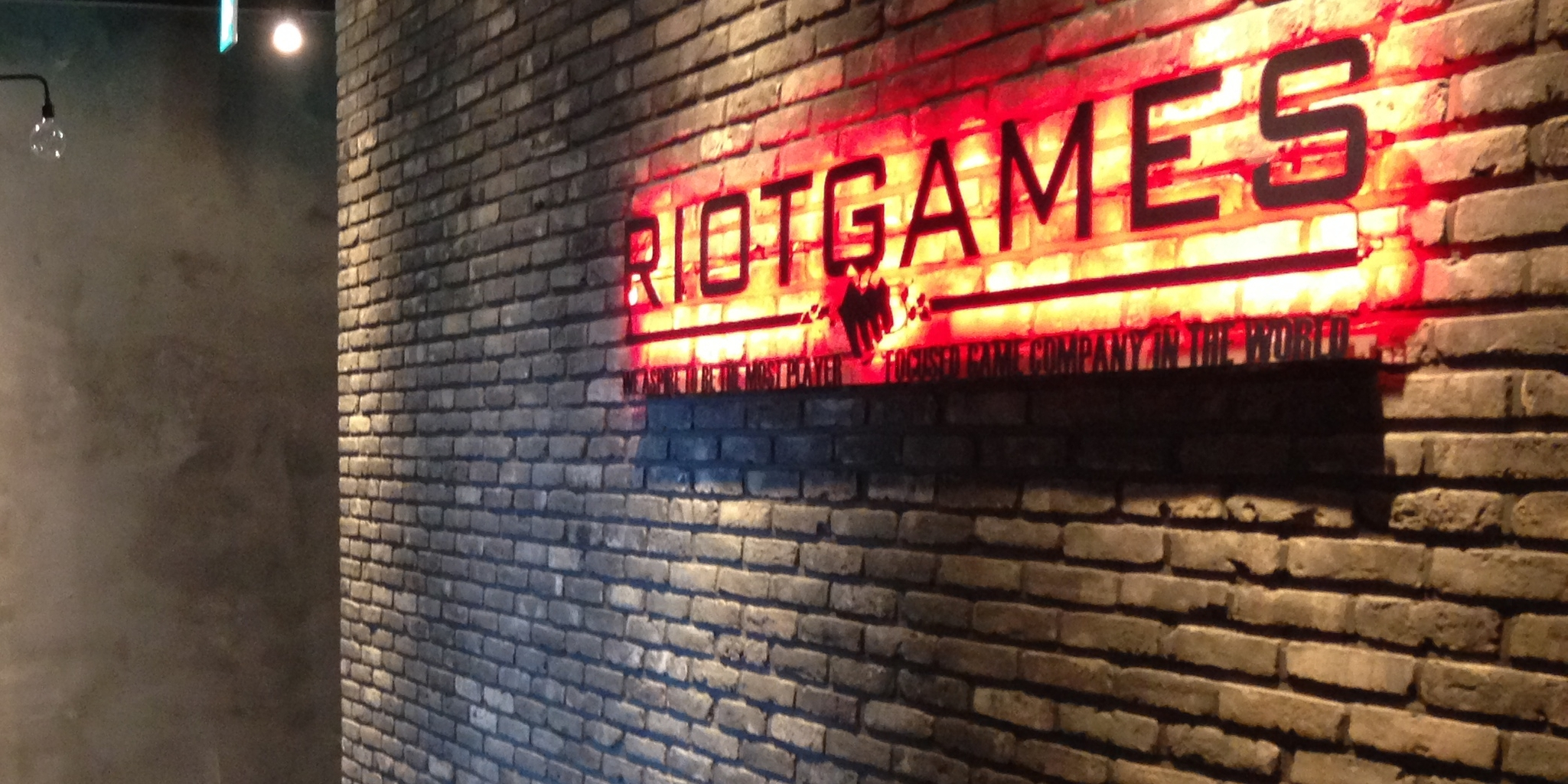
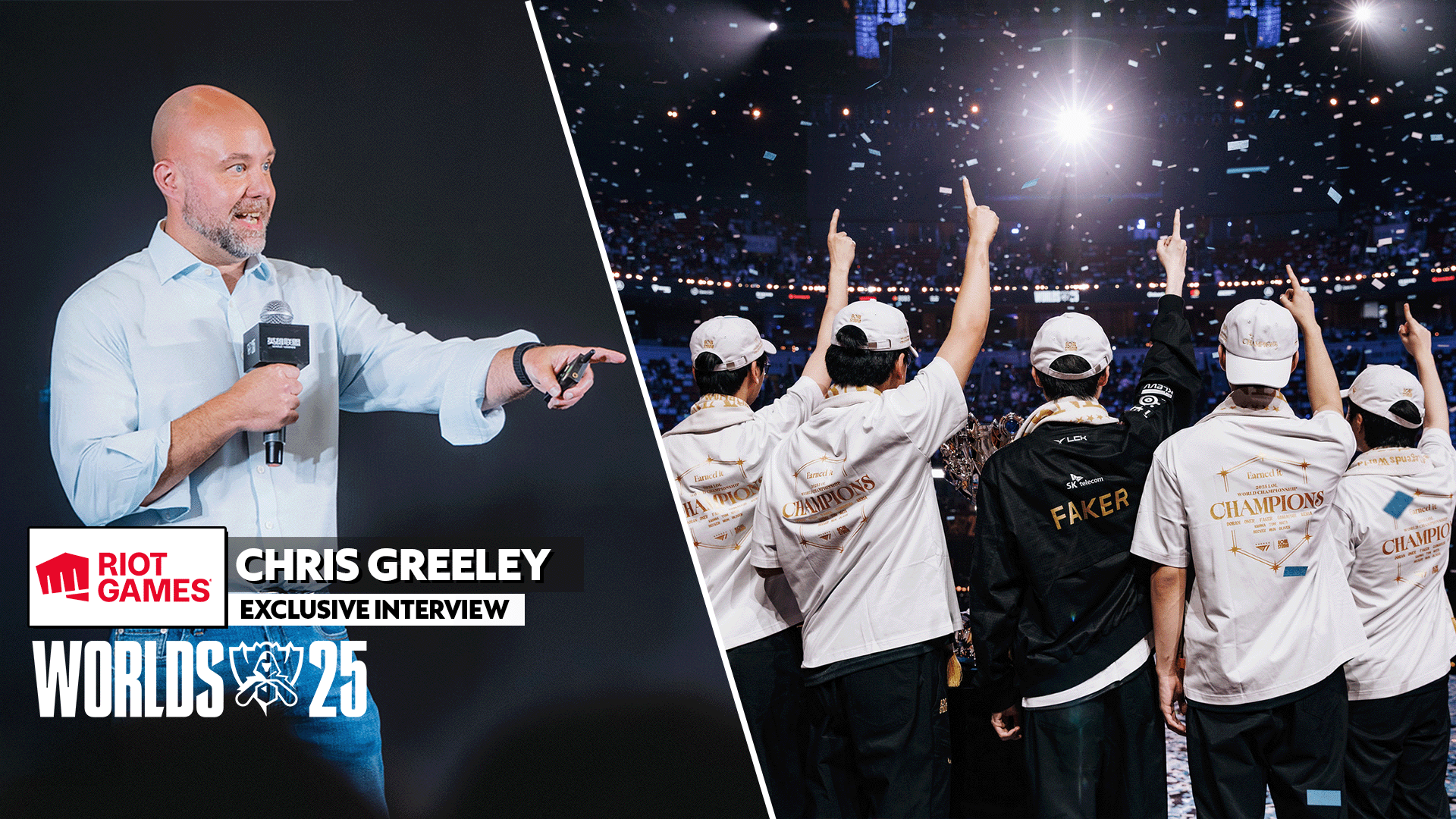
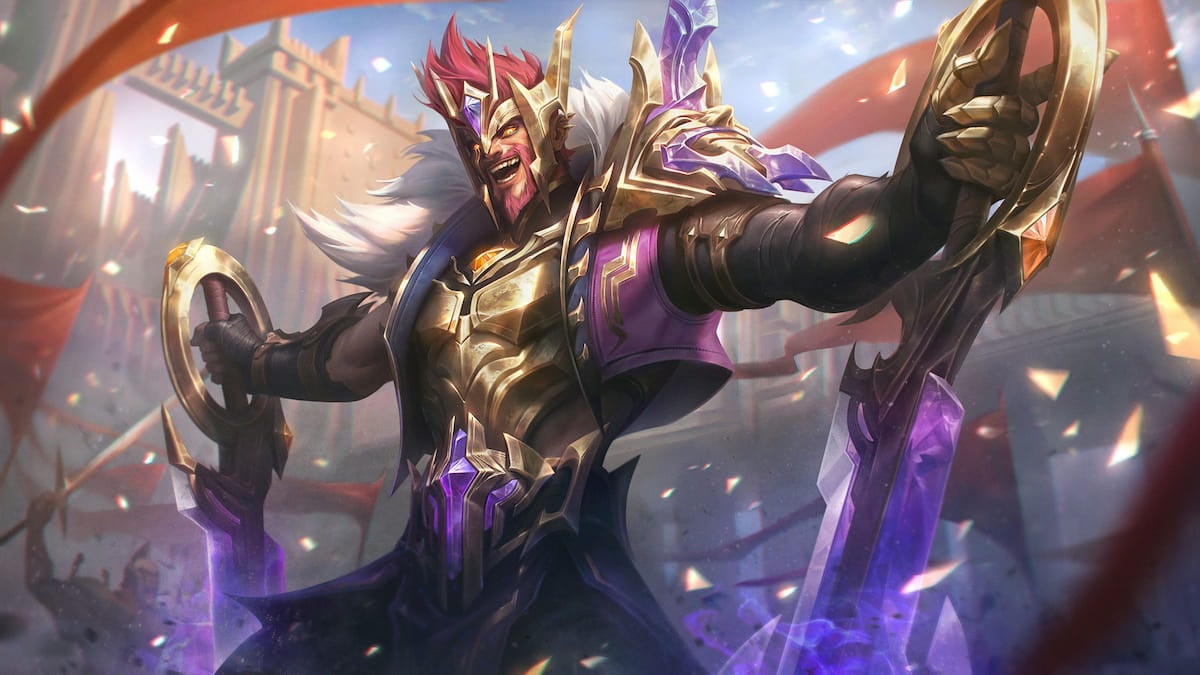
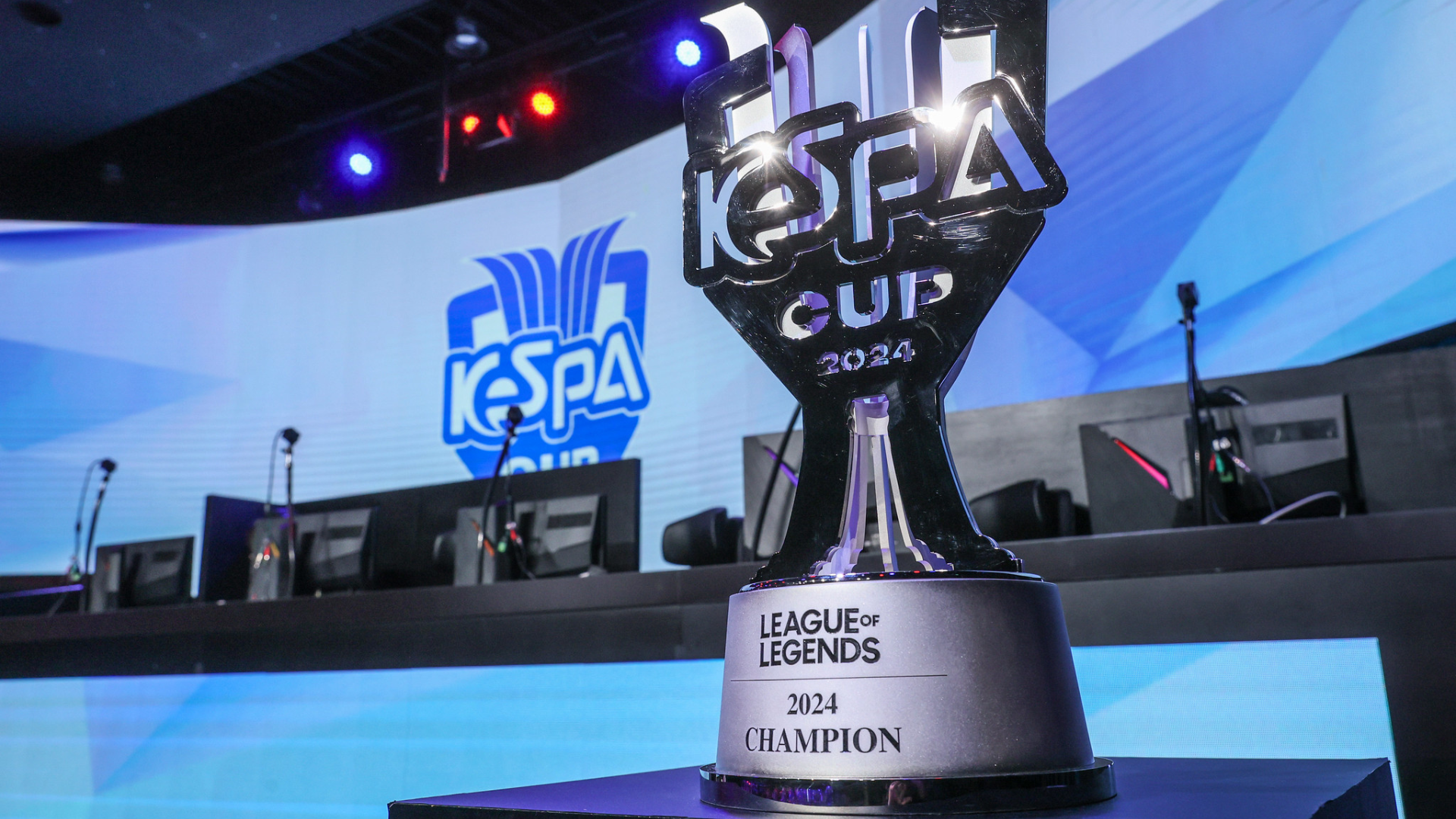
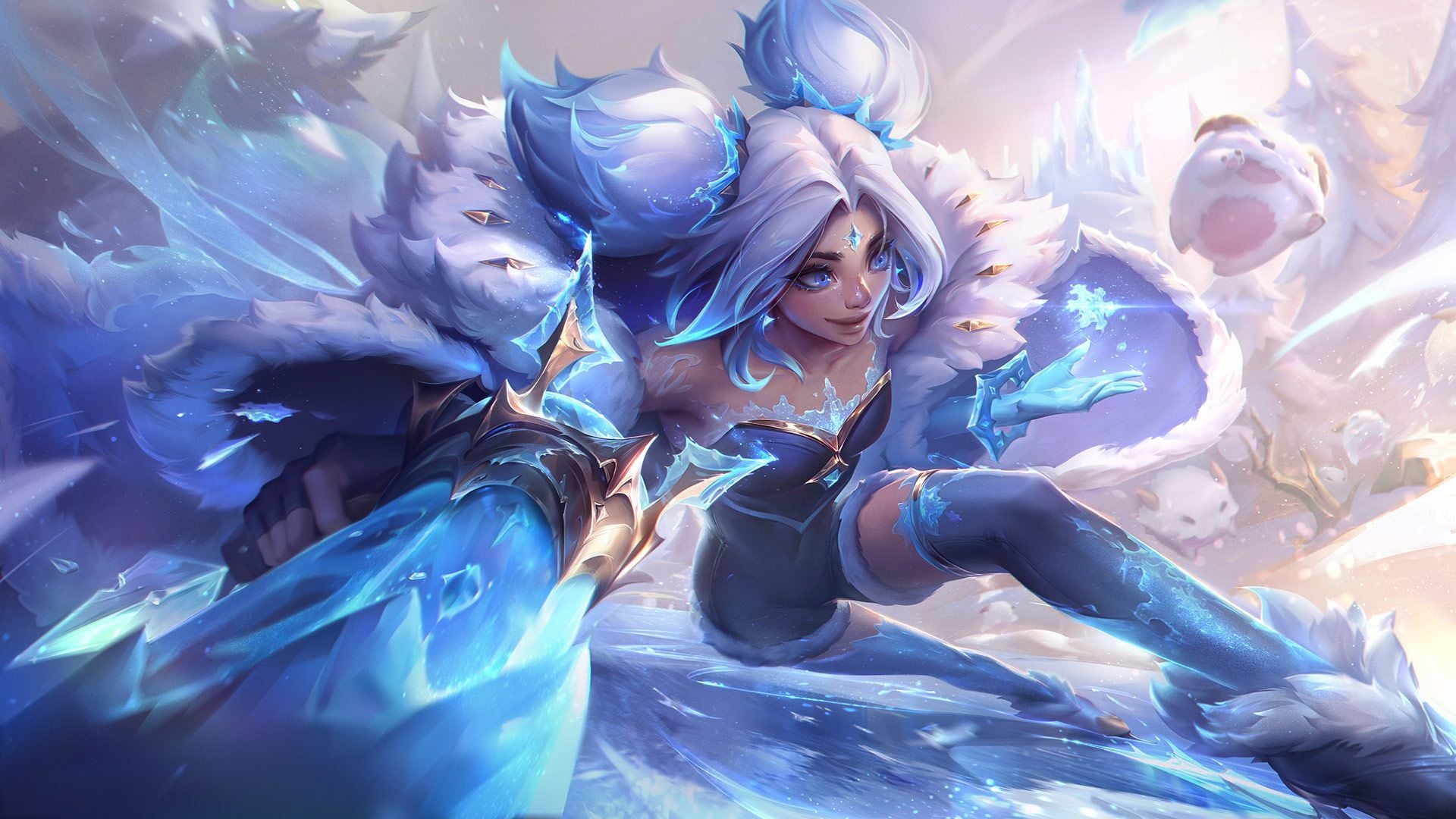


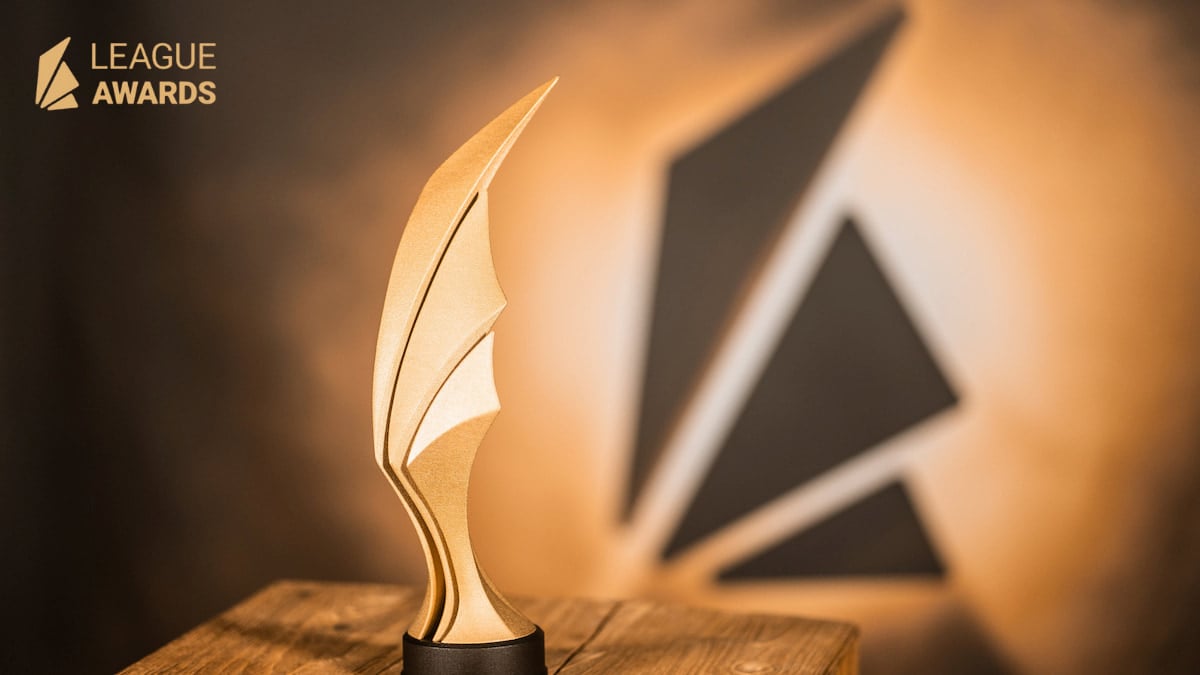
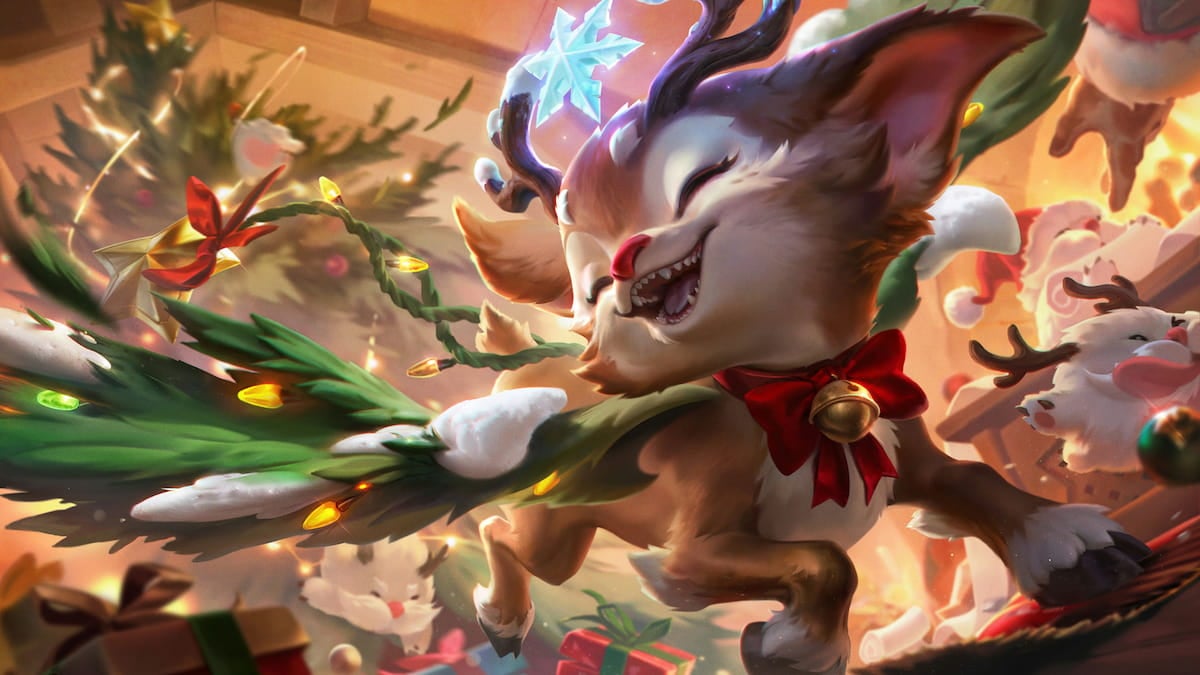
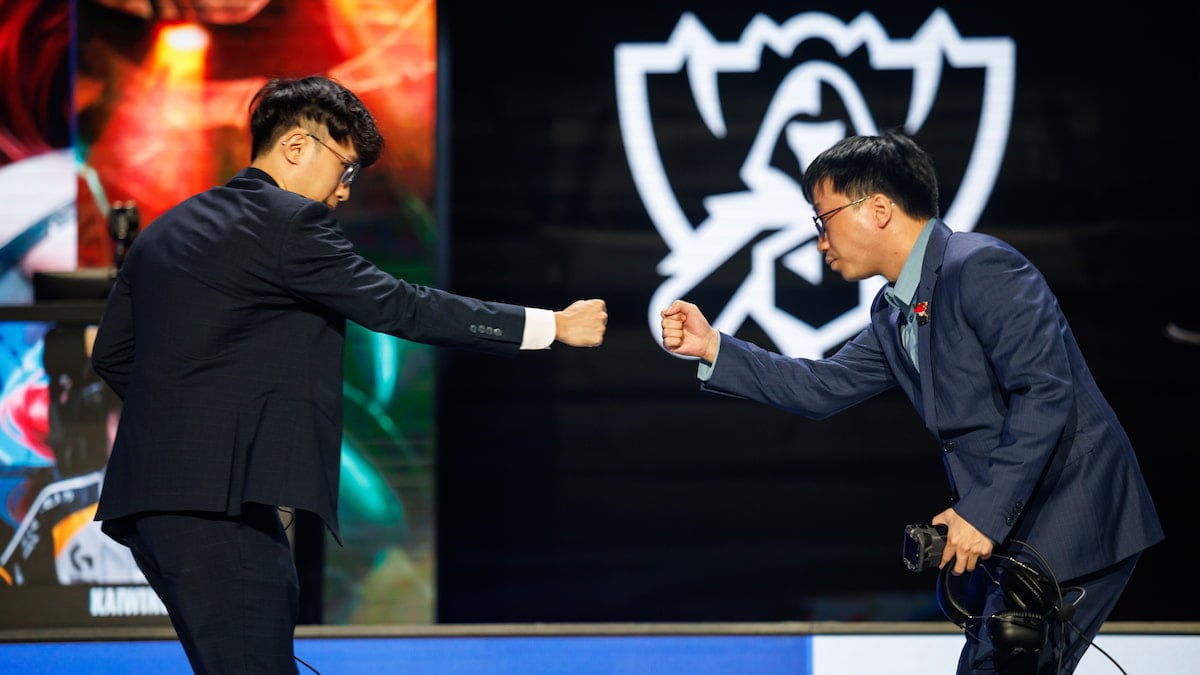
Published: Aug 24, 2016 05:09 pm